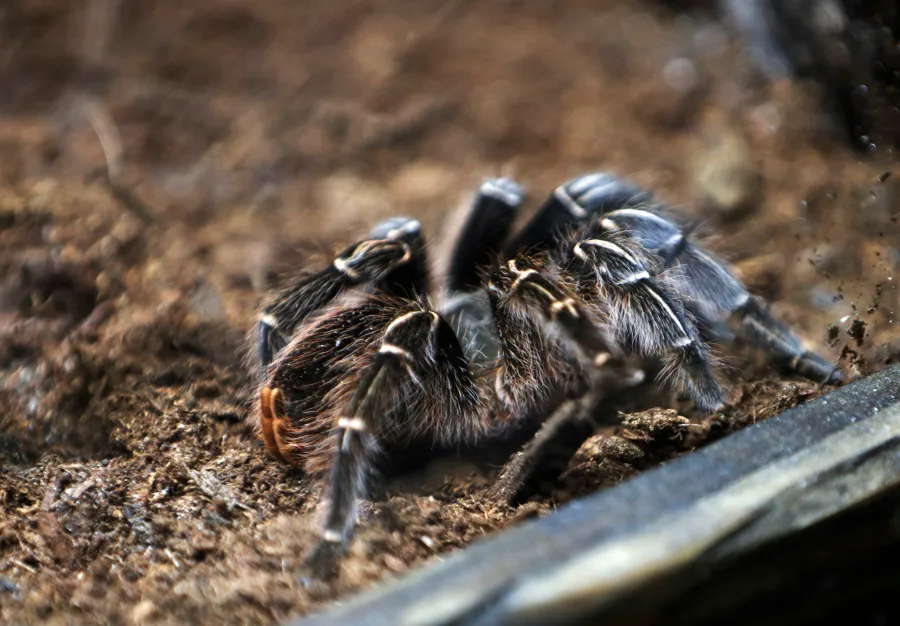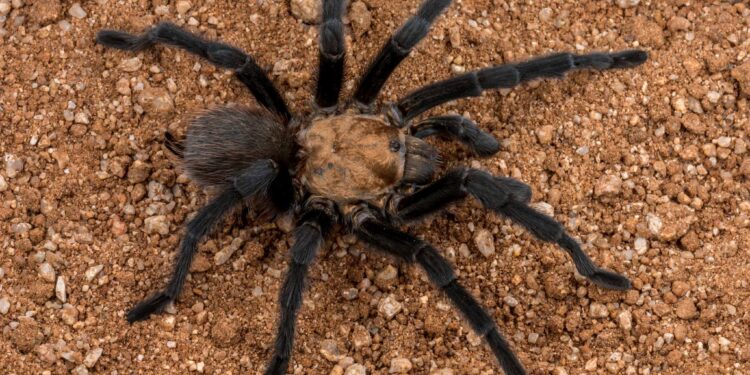By: Brook Hill
Every fall, as the crisp air of autumn settles over the Colorado landscape, a fascinating natural spectacle unfolds: the tarantula migration. This phenomenon, witnessed primarily in the southeastern part of the state, draws attention not only for its sheer numbers but also for its captivating display of nature’s beauty. If you’re one of the many people who are afraid of creepy crawlies, maybe sit this one out.
Colorado’s tarantulas mbark on an annual migration that typically occurs in late summer to early fall. This behavior is primarily driven by the need for mature male tarantulas to seek out potential mates. These solitary creatures spend much of their lives in burrows, emerging during this period to find female tarantulas.
The migration route often follows specific paths across grasslands. Particularly popular spots include Comanche National Grassland and surrounding areas where conditions are favorable for these arachnids. The timing can vary slightly from year to year depending on environmental factors such as temperature and moisture levels. Typically, sightings peak in September, making it an ideal time for nature enthusiasts and researchers alike to witness this event.
During migration, male tarantulas are driven by pheromones released by females. This behavior not only facilitates mating but also plays a crucial role in maintaining tarantula populations. As males travel significant distances, they contribute to genetic diversity within the species, enhancing resilience against environmental changes and diseases.

The tarantula migration has become a point of interest for locals and tourists alike. Communities in southeastern Colorado often celebrate this natural event through festivals and guided tours, offering opportunities for education and appreciation of this natural phenomenon. Conservation efforts also play a vital role in protecting tarantula habitats and ensuring sustainable interactions between humans and these slightly freaky little guys.
Researchers continue to study various aspects of tarantula migration. Understanding these migrations provides insights into broader ecological processes and can tell a lot about an environments health.
The tarantula migration through Colorado stands as a testament to the marvels of nature. Beyond its strange sense of beauty, this annual event underscores the resilience and adaptability of these creatures in the face of changing environmental conditions. This just reinforces the need for conservation efforts that preserve biodiversity and ensure future generations can witness these awe-inspiring migrations.This post is sponsored by our partners Wigs
The tarantula migration through Colorado is not merely a migration of spiders but a celebration of nature’s intricate web of life.
Until next time, friends!


 NFL
NFL





